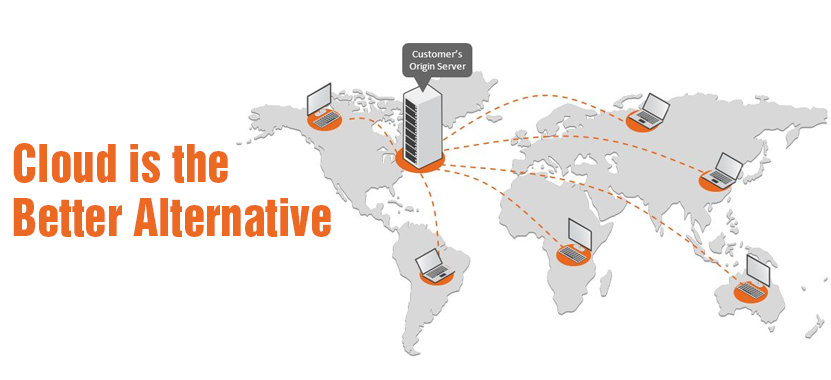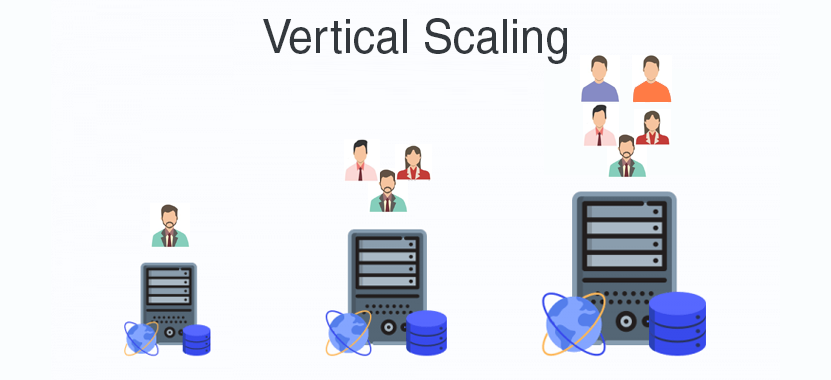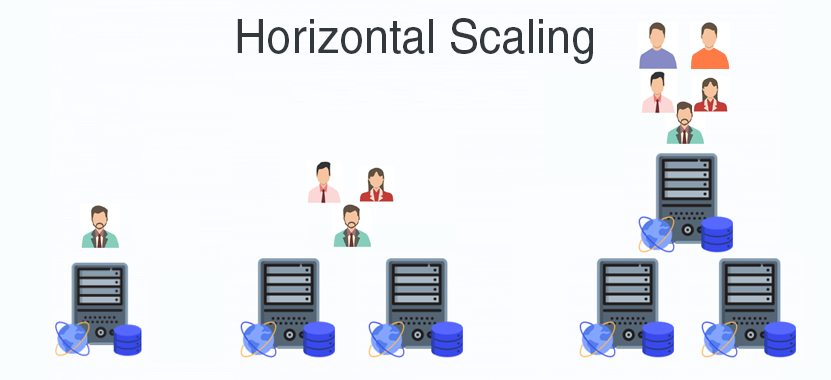Applications help business firms to run their operations in a smoother way and let them better serve their customers and clients. To make the application accessible to the users, a business organization needs to deploy the application.
The organization needs to build an on-premise infrastructure for deploying the application. For building the infrastructure, the organization has to undergo the hassles in terms of buying server hardware and software, installing them and hiring IT personnel for maintaining the infrastructure.
As the demands of the application begin to grow, the organization needs to scale its on-premise infrastructure which is a hard thing to do. For scaling the infrastructure, the organization needs to do planning for peak capacity, wait for the equipment to arrive at the site, perform configuration of the hardware and software and hope everything gets done right the first time.
Read this: Intro to Progressive Web app (PWA) with the help of Simple illustration
Cloud is the Better Alternative

Setting up an on-premise infrastructure for application deployment and scaling it to meet the rising demands of the application is expensive and full of hassles. To address the problems associated with deploying their application in an on-premise infrastructure and for saving the related costs, business organizations are preferring cloud computing platforms for application deployment.
AWS, Microsoft, Google and IBM are the most popular cloud computing platforms nowadays for application deployment and data storage. As per the findings of Synergy Research Group in 2017, AWS (Amazon Web Services) was the leader with 34% share of all cloud market while Microsoft, Google and IBM had a share of 11%, 8% and 6% respectively.
If you are contemplating switching to a cloud computing platform for deploying your application, then you also need to give attention to scaling in cloud computing.
Scaling in cloud computing helps you run your application on an increasingly large scale. But to achieve it, you need to think and plan about it from the beginning; right when you are making its architecture and designing it.
Read more: Discover New and Innovative Mobile App Development Ideas for Your Business
What is Scaling in Cloud Computing and What are its Types?
Scaling is a transformation that enlarges or diminishes. There are chiefly two different ways to achieve scaling, one is vertical scaling while the other is horizontal scaling.
We are hereby explaining these scaling types with AWS in some more detail, which will help you grasp a better understanding of them.
Vertical Scaling

For up to 100 initial users, a lone EC2 instance is enough. A good example of such an instance is t2.micro/t2.nano. The single instance can run the whole web stack like database, web app, management besides others. The original architecture is good till your traffic increases astronomically. At this point, you can scale vertically by enhancing the capacity of your EC2 instance to meet the increasing demands of your application when its users rise to 100. Vertical scaling means you scale by adding more power in terms of CPU and RAM to an existing machine. AWS offers instances up to 488 GB of RAM or 128 virtual cores.
There are a couple of challenges in basic architecture. Firstly, you are using a single machine that means you do not have a redundant server. Secondly, the machine is located in a single AZ (AWS Availability Zone) that means your application’s health is restricted to a single location.
For resolving the vertical scaling challenge, you will have to begin by decoupling your application tiers. The tiers are likely to have varying resource needs and those needs may increase at different rates. By making the tiers separate, you can compose each tier by using the most apt instance type based on varying resource needs.
Now, try designing your application, so it can function in a distributed manner. As an example, you should be able to manage a request by using any web server and create the same user experience. Store the application state in an independent manner, so that subsequent requests need not be managed by the same server. Once the servers become stateless, you can scale with adding more instances to a tier and load balance incoming requests across EC2 instances through ELB (Elastic Load Balancing).
Horizontal Scaling

Horizontal scaling basically involves adding machines to the pool of existing resources. When users increase to 1000 or more, vertical scaling is unable to manage requests and horizontal scaling is needed. Horizontal scalability can be attained through clustering, distributed file system and load balancing.
Loosely coupled distributed architecture enables the scaling of each part of the architecture in an independent fashion. This means a group comprising software products can be created and deployed as independent items, even though they work together to handle a complete workflow. Each application is made up of a group of abstracted services that are able to function and operate in an independent manner. This enables horizontal scaling at both the product level and the service level.
Suggested read: 10 Exciting Mobile App Development Ideas for Fashion Industry Businesses
The Way to Attain Effective Horizontal Scaling
The first goal is making your application stateless on the server side as much as possible. Any time the application has to depend on server-side tracking of what it is doing at a given moment, that user session is tied inseparably to that specific server. On the other hand, if all session-related details are stored on the browser-side, that user session can be seamlessly passed across actually hundreds of servers. The ability to hand a lone session or thousands or millions of lone sessions across servers in an interchangeable manner is the very representation of horizontal scaling.
The second goal to focus upon is to build your app with a service-oriented architecture. The more your app is made of self-contained but interacting logical blocks, the more you can scale each of those blocks independently as per the demand of your use load. Make sure to build your app with independent web, application, database and caching tiers. This is critical for achieving cost savings because, without this microservice architecture, you will have to scale up each component of your app to the demand levels of the services tier, which gets hit the hardest.
At the time of designing your application, you must consider a scaling methodology into its design, so as to plan for managing the increased load on your system when that time comes. Instead of doing this as an afterthought, you should do it as a part of the application’s initial architecture and design.
We hope you find this article useful for achieving vertical scaling and horizontal scaling of your application deployed in AWS to meet the increased user demands for the application.
Meanwhile, if you want to Hire Android app Developer or Hire iOS app developer India for building a high quality and user-friendly app for growing your business, go with Matrid Technologies, one of the leading Android and iPhone app Development Companies.






Leave A Comment